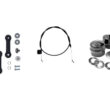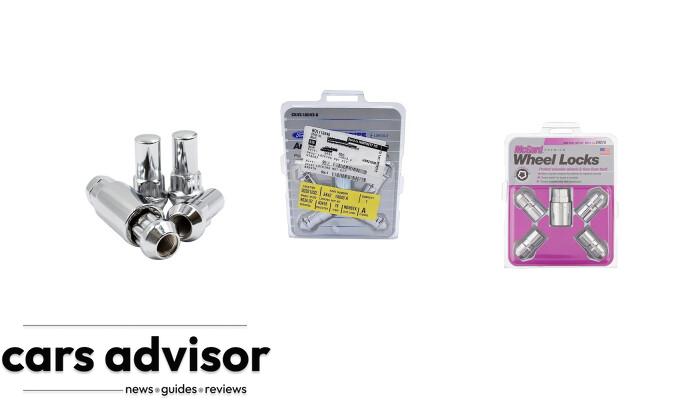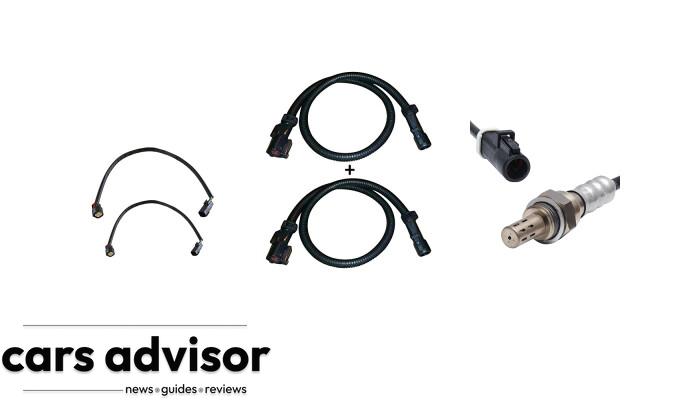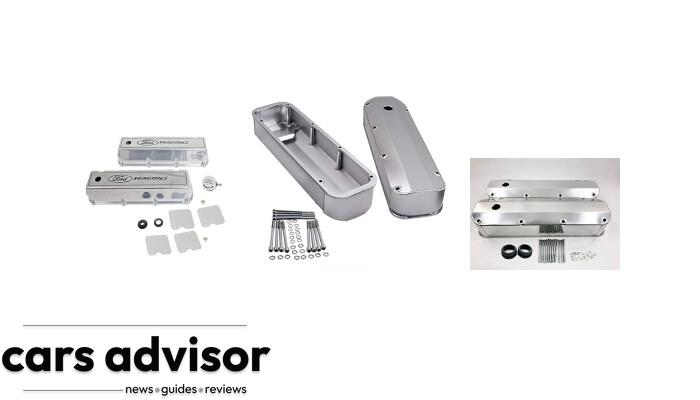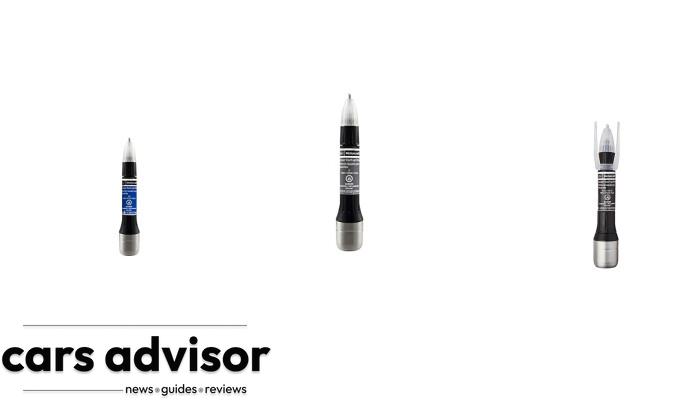Are you in the market for a new car? Don’t overspend and end up with a financial headache. Follow the 20 4 10 rule for cars. Here’s what it means:20 percent down payment: Instead of financing the entire cost of the car, put down a significant chunk upfront. This will lower your monthly payments and decrease the amount of interest you’ll pay over the life of the loan.Four-year loan: A four-year loan balances a manageable monthly payment with a shorter repayment period. Financing for longer than four years means paying more in interest and increasing the overall cost of the vehicle.Transportation costs under 10 percent: The total cost of owning and operating the car should be no more than 10 percent of your monthly income. This includes the monthly payment, insurance, fuel, and maintenance costs.By following the 20 4 10 rule, you’ll get a car you can comfortably afford without breaking the bank. Don’t let car payments become a financial burden. Stick to this guideline and enjoy your new ride stress-free.
My Experience with the 20 4 10 Rule for Cars
As a car enthusiast and a blogger, I have come across several strategies for purchasing a car. But the 20 4 10 rule is one that has worked exceptionally well for me. I first came across this rule when I was searching for guidance on purchasing my first car. I was fresh out of college, with a steady job, and I wanted a car to improve my commute to work. Today, I can confidently say that the 20 4 10 rule has helped me make an informed decision when it comes to car purchases.Understanding the 20 4 10 Rule for Cars
The 20 4 10 rule is a financial strategy used to guide car purchases. It suggests three key elements that should be considered before buying a car. These are; taking a 20 percent down payment on the vehicle, taking four years to repay the loan, and keeping the cost of transportation less than 10 percent of your income per month. The down payment is intended to reduce the amount of interest the buyer would have to pay on the loan. A four-year repayment plan is recommended to ensure that the car remains affordable in the long run. Finally, keeping the cost of transportation within 10 percent of your monthly income ensures that you can maintain other necessary expenses without facing a financial constraint.Advantages of following the 20 4 10 Rule
There are several advantages to following the 20 4 10 rule when purchasing a car. These include:- You can comfortably afford the car without it becoming a financial burden
- You avoid overspending and getting into more debt than you can handle
- The car remains affordable even in the long run, with manageable monthly payments
- It protects your other financial responsibilities since you do not have to compromise on other monthly expenses
How to Calculate the 20 percent down payment?
One of the significant elements of the 20 4 10 rule is the 20 percent down payment. Here’s how you can calculate the 20 percent down payment:- Start by determining how much the car you want costs
- Multiply the car price by 20 percent (0.20)
- The resultant figure is the amount of money you need to pay as down payment
How to plan for the repayment of the car loan over four years?
When it comes to repaying the car loan over four years, there are a few things to keep in mind. These include:- Strive to make monthly payments on time
- Avoid skipping payments as these may lead to additional interest charges and penalties
- Reassess your payment plan if you can manage to pay more than the required monthly payment. This will help you pay off your loan faster
Strategies to keep the cost of transportation within 10 percent of your monthly income
To keep the cost of transportation within 10 percent of your monthly income, you can:- Opt for a fuel-efficient car
- Consider carpooling to work or using public transportation, especially if your commute is long
- Plan your trips to reduce unnecessary kilometers covered
- Maintain your vehicle to avoid costly repairs that could strain your finances
Could the Noise When My Car is in Reverse be Related to the 20 4 10 Rule?
Could the car reverse noise be related to the 20 4 10 rule? While the 20 4 10 rule pertains to budgeting for car expenses, it does not directly address specific noises. However, unusual sounds when your car is in reverse might indicate issues with the transmission or other components. It’s crucial to have a mechanic inspect and diagnose the problem to ensure a safe driving experience.
Finding the right car to fit the 20 4 10 Rule Guidelines
Finding the right car that meets the 20 4 10 rule guidelines requires a bit of research. Before deciding on a car, consider:- The make and model to determine its affordability in the long run
- The car’s fuel efficiency, as this can help keep your transportation costs under control
- The car’s safety ratings, as safety features could help prevent accidents and reduce the cost of insurance premiums
My Top Tips for Sticking to the 20 4 10 Rule When Considering Car Purchases
Sticking to the 20 4 10 rule requires a lot of discipline and adherence to the guiding principles. Here are some of my top tips for sticking to the rule:- Create a budget and stick to it. This will help you plan your finances better and prevent overspending on car-related expenses
- Choose a car that is within your budget limits. Don’t buy a car that is too expensive and will leave you financially strapped
- Follow the 20 4 10 rule guidelines. These guidelines are designed to protect you from making a financial blunder when purchasing a car
- Maintain your car to prevent costly repairs that could strain your finances in the long run
